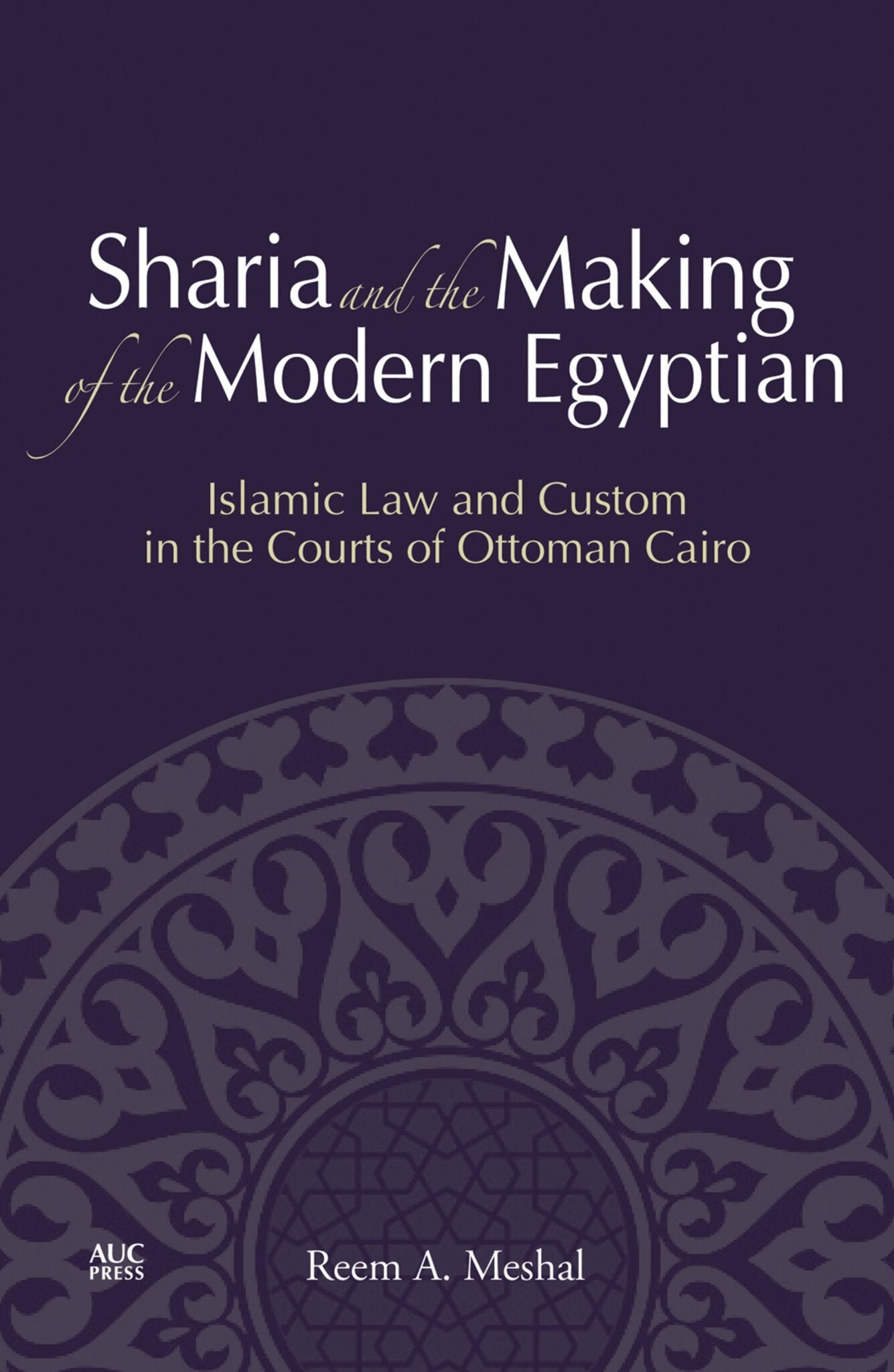We're sorry. An error has occurred
Please cancel or retry.
Sharia and the Making of the Modern Egyptian

Some error occured while loading the Quick View. Please close the Quick View and try reloading the page.
Couldn't load pickup availability
- Format:
-
25 April 2014

In this new study, the author examines sijills, the official documents of the Ottoman Islamic courts, to understand how sharia law, society, and the early-modern economy of sixteenth- and seventeenth-century Ottoman Cairo related to the practice of custom in determining rulings. In the sixteenth century, a new legal and cultural orthodoxy fostered the development of an early-modern Islam that broke new ground, giving rise to a new concept of the citizen and his role. Contrary to the prevailing scholarly view, this work adopts the position that local custom began to diminish and decline as a source of authority.
These issues resonate today, several centuries later, in the continuing discussions of individual rights in relation to Islamic law.


Introduction
i: A Very Modern Crisis
ii: Mapping the terrain
iii: The Chapters
iv: The Sources
Chapter One
The Empire in Theory
Introduction
i: the Empire in Historiography
ii: the Empire in Theory
Chapter Two
Custom in Shari‘a and in the Siyasati Ilahi (Celestial Siyasa)
Introduction
i: the “Good” and the “Detestable” in Islamic Law
ii: Custom in Islamic legal theory
iii: iii: the Siyasati Ilahi and Namus Laws
Chapter Three
The Construction of Orthodoxy:
Renewal (Tajdid) & Renunciation (Takfir)
Introduction
Section i: Inter-Empire Trade and the Rise of Local Capital
Section i: Takfir; The Intra-Muslim Jihad
Section ii: Tajdid; The Social Conquest
Chapter Four
“This Sijill is a Hujja!”
Mass Producing Documents in Ottoman-Cairo
Introduction
i: The Document Triumphant
ii: The Document in Theory
iii: The Sijill as Text and Testament
iv: The Fusion of Speaking and Writing
Chapter Five
The Documented Life
Introduction
i: The Document in Stasis: Territorializing Shari‘a
ii: Archival Violence and Memory
iii: The Document in Motion
Chapter Six
The Rights of God (Huquq Allah)
“A Moral Transgression, not a Crime”
Introduction
i: The Hudud
ii: The Threshold of Morality
iii: Civil Marriage
-the conditional clause
-the deferred dower
iv: Divorce and Annulment
v: Waqf
Chapter Seven
The Rights of Man (Huquq al-Adamiyyin)
Introduction
i: Multiplicity and Conformity
ii: Private Mu‘amala; the Empire in the City
iii: Public Mu‘amalat; The Community in the Empire
Conclusions
Bibliography



